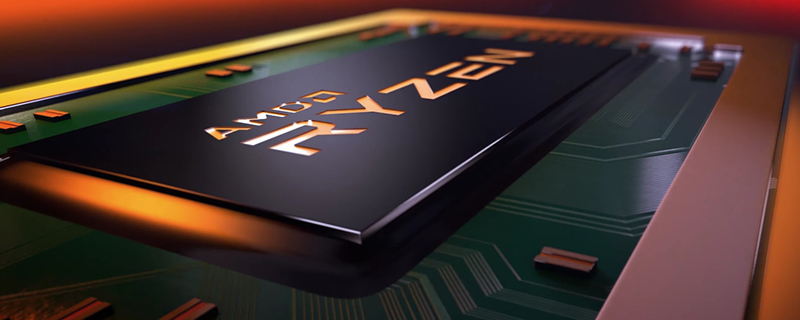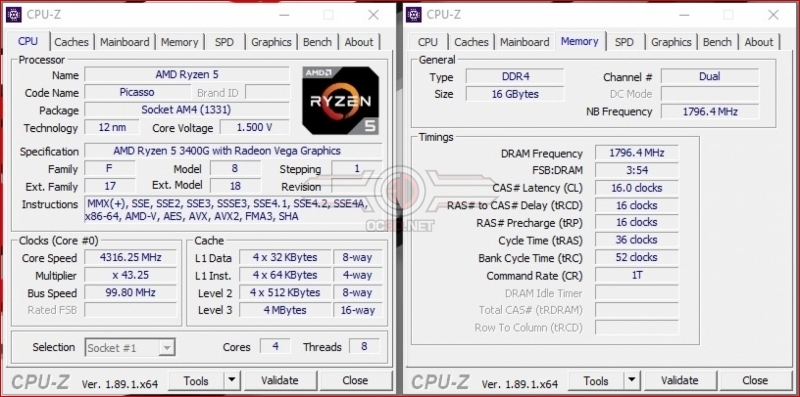AMD Ryzen 5 3400G Review
Test Setup
As the Ryzen 5 3400G includes graphics, and much is made of the capabilities of the Vega 11 APU, we’re only running the CPU on its own today. Obviously this will mean there will be results in which it doesn’t compare to the RTX 2080Ti setup we use in our X570 test system, but it will be a more real-world demonstration of the Ryzen 5 3400G abilities. We’re also using the Gigabyte ITX Aorus Pro, as we feel this is a closer replication of the use the Ryzen 5 3400G will have. HTPCs and minimalist systems are its forte.
AMD Ryzen 5 3400G
Gigabyte X570i Aorus Pro WiFi ITX
G.Skill Trident Z 3600 MHz
Corsair Vengeance RGB 4600 MHz
Corsair MP500 M.2 – OS Drive
Aorus PCIE4 NVME – Storage Speed Tests
Corsair HX1000i
Corsair H150i
Corsair ML Fans
Our graphs today are somewhat different to usual because we’re not using our regular X570 motherboard, nor are we running the RTX 2080 Ti. There is also a different selection of processors as we’re trying to see how the Ryzen 5 3400G compares to its predecessors and the alternatives from Intel, but not every one of our tests has results going back a long way as we’ve introduced new benchmarks in our constantly evolving test suite.
Overclocking
We weren’t expecting jaw-dropping overclocking from the Ryzen 5 3400G but it still showed how capable the Zen 2 architecture is, pushing 4.3 GHz across the four cores with 3600 MHz DDR4.
iGPU overclocking
When overclocking our system we were able to achieve a stable 1650MHz GPU clock speed on the Ryzen 5 3400G’s integrated Radeon Vega graphics card. This represents an 18% increase in GPU core performance.Â




